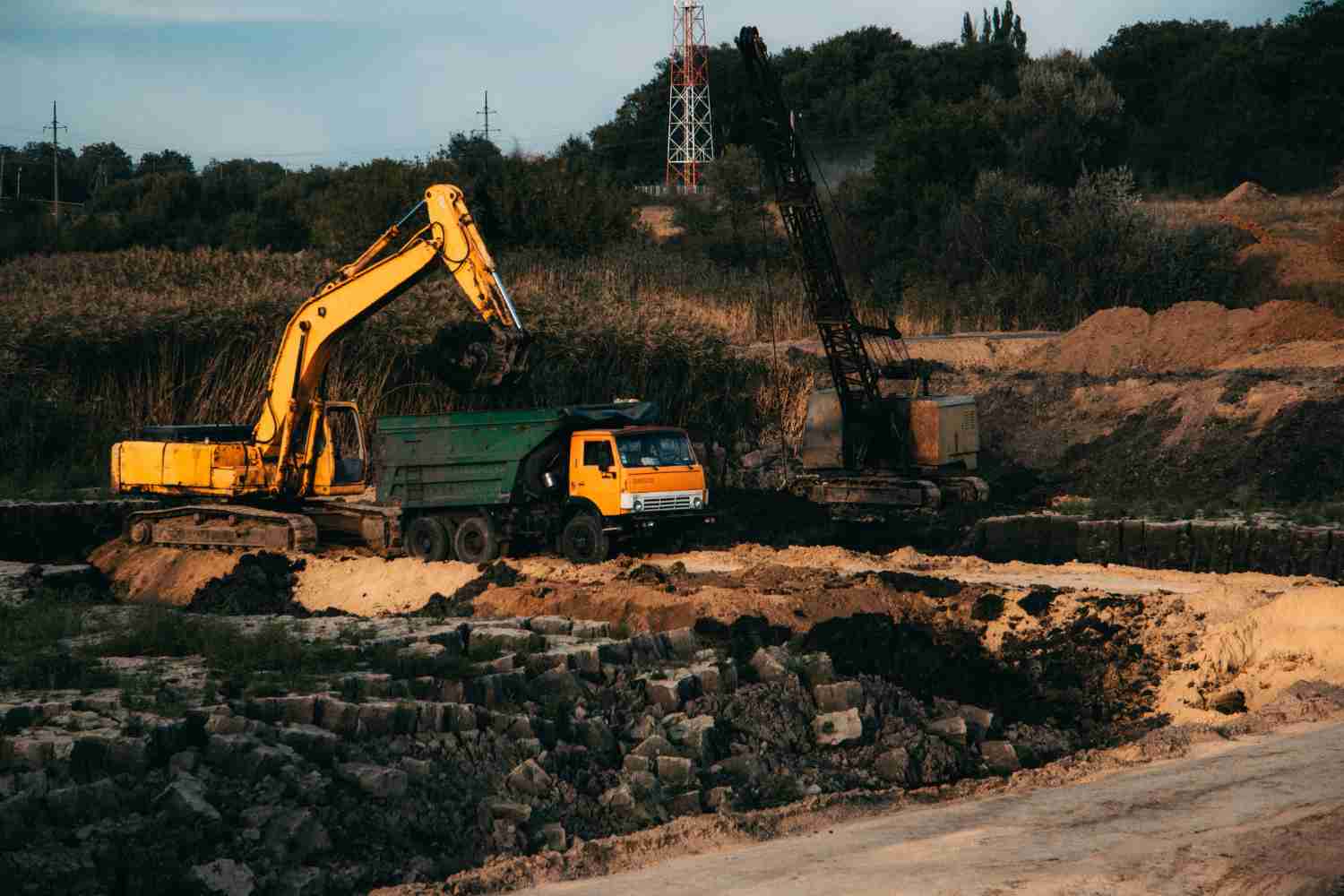This article helps you understand soil-bearing capacity and its importance. Moreover, this guide also covers the types of soil-bearing capacity and formulas to make necessary calculations.
Understanding Soil Bearing Capacity
The soil bearing capacity, also known as ground bearing pressure, is the soil’s ability to support the loads applied on the ground surface. This capacity varies with the soil type, shear strength, density, and load embedment depth.
The bearing capacity of soil is determined by its:
- Density
- Permeability
- Strength
In the case of soil with less bearing capacity, necessary measures can be taken to improve the ground. It can be done by spreading the load over a larger area to reduce the applied stress to the soil to achieve an acceptable level.
Importance
Soil-bearing capacity plays a crucial role in determining how much load the ground can bear in the form of building foundations, retaining walls, or cranes. It ensures the prevention of excessive settlement failure of the ground surface.
Therefore, it is recommended to calculate the soil’s bearing capacity during the design stage of any construction project. Otherwise, it can lead to catastrophic outcomes in the form of building collapse at any later time.
Relation Between Foundations and Soil Bearing Capacity
All the construction infrastructure stands on soil, including bridges, buildings, dams, etc. The load of the entire structure gets transmitted to the soil with the help of laid foundations. The foundations are designed based on the soil bearing capacity, which helps determine the amount of load soil can successfully withstand. In this way, the building’s structural stability can be ensured by preventing fractures and other soil damage.
Soil having infinite depth, consistent shear strength, and cohesive properties is capable of supporting loads of any width foundation. On the other hand, a deeper foundation is crucial for enhancing the bearing capacity of soil. Moreover, it is recommended there should be a minimum separation of 1.5 times the foundation’s width between the footings to ensure the construction of a stable structure.
A shallow foundation is suitable for soils which have bearing capacity at the shallow depth. The popular options include combined footing, isolated footing, or strip footing. On the other hand, deep foundations, including piles or wells, are laid in the soil structures that do not have sufficient bearing capacity below the surface. Furthermore, mat or raft foundations are suitable for soils with differential settlement or wide variation in loading among the adjacent columns.
Types of Soil Bearing Capacity
These are the common types of soil-bearing capacity:
Ultimate Soil Bearing Capacity (qᵤ)
It is the maximum amount of vertical pressure that can be applied safely to the ground surface. It is the point at which a mechanism of shear failure gets developed in the supporting soil. The ultimate soil-bearing capacity helps identify the maximum load the soil can bear without failure.
Allowable Soil Bearing Capacity
It is the amount of load which the soil can withstand without shear failure. This capacity value indicates the allowable amount of soil settlement and is helpful while designing foundations. This value is always less than the ultimate soil-bearing capacity as it also involves the soil settlement factor and not just the required load for determining shear failure.
Net Safe Settlement Pressure (qₙₚ)
It is the maximum amount of load the soil can bear without exceeding the allowable amount of soil settlement.

Formulas to Calculate Soil Bearing Capacity
Net Ultimate Bearing Capacity (qₙᵤ)
This value is calculated by subtracting the ultimate soil bearing capacity (qᵤ) from the soil weight (𝝲) with the formula:
Net ultimate bearing capacity (qₙᵤ) = Ultimate soil bearing capacity (qᵤ) – Soil weight (𝝲)
Net Safe Bearing Capacity (qₙₛ)
This value is calculated by dividing the net ultimate bearing capacity (qₙᵤ) by a factor of safety (F) (usually 3) with the formula:
Net Safe Bearing Capacity (qₙₛ) = Net ultimate bearing capacity (qₙᵤ) / Factor of safety (F)
Gross Safe Bearing Capacity (qₛ)
This value is obtained when ultimate bearing capacity (qᵤ) is divided by a factor of safety (F) with the formula:
Gross safe bearing capacity (qₛ) = Ultimate bearing capacity (qᵤ) / Factor of safety (F)
How to Determine Soil Bearing Capacity? Methods
These are some methods which can be employed to determine the soil-bearing capacity:
- Analytical Methods
- Centrifuge Test
- Modern Testing Methods
- Penetration Test
- Plate Bearing Test
- Presumptive Analysis
Soil Bearing Capacity Values
The following are some of the bearing capacity values for different kinds of soils:
- Soft Clay (<75kPa)
- Firm Clay (75 – 100 kPa)
- Loose Gravel (<200 kPa)
- Dense Gravel (200 – 600 kPa)

